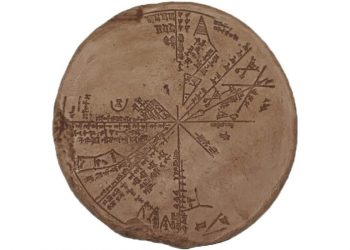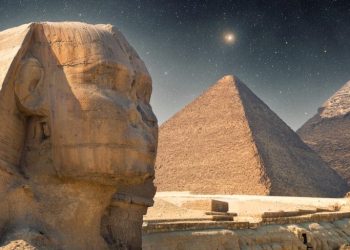The Truth Behind the Mythical Viking Warrior; Who was Ragnar Lothbrok?
Ragnar Lothbrok, a legendary Viking hero, has captivated the imaginations of millions around the world through television shows and historical accounts. Known for his daring exploits, cunning strategies, and larger-than-life persona, Ragnar’s name has become synonymous with the Viking Age.
But how much of his story is based on fact, and how much is mere legend? This article aims to demystify the man behind the myth, delving into the historical evidence to separate fact from fiction.
Historical Evidence of Ragnar Lothbrok’s Existence
The existence of Ragnar Lothbrok remains a subject of debate among historians. While some scholars argue that he was real, others believe he was a composite figure, created from the stories of several legendary Viking warriors.
Key sources referencing Ragnar include the “Saga of Ragnar Lothbrok,” a collection of Norse legends, and the “Gesta Danorum,” a 12th-century Danish history. However, neither source provides definitive proof of Ragnar’s existence or his deeds.
The Saga of Ragnar Lothbrok and Its Influence on Viking Lore
The “Saga of Ragnar Lothbrok,” an Icelandic prose narrative, is one of the most significant sources of information on the legendary Viking. The saga portrays Ragnar as a warrior-king, recounting his many battles, marriages, and the exploits of his famous sons.
However, it is essential to note that the saga was composed centuries after the events it describes and is heavily influenced by oral tradition. As a result, the historical accuracy of the narrative is highly debatable.
The Gesta Danorum and Its Portrayal of Ragnar
Another critical source of information on Ragnar Lothbrok is the “Gesta Danorum,” a comprehensive history of Denmark written by the 12th-century historian Saxo Grammaticus. While Saxo’s account offers a more grounded perspective on Ragnar’s life, it also presents him as a semi-mythical figure, attributing numerous legendary deeds to the Viking warrior.
Some historians argue that Saxo’s account was influenced by earlier Norse sagas, further complicating the task of separating fact from fiction.
Debating the Historical Authenticity of Ragnar’s Exploits
Lothbrok’s legendary exploits include battles against dragons, conquests of foreign lands, and daring escapes from enemy captivity. However, the historical authenticity of these tales remains a subject of debate.
Some historians argue that the achievements of various Viking heroes inspired Ragnar’s adventures, while others contend that they were entirely fabricated to glorify the Viking Age. Without concrete evidence, it is difficult to determine the true origins of these stories.
The Sons of Ragnar and Their Historical Significance
While the historicity of Ragnar Lothbrok remains uncertain, the existence of his purported sons is better documented. Ivar the Boneless, Bjorn Ironside, and Sigurd Snake-in-the-Eye are well-known figures in Viking history.
Their exploits during the Viking Age, including invasions of England and Ireland, are supported by historical sources, such as the Anglo-Saxon Chronicle and various Irish annals. The legacy of Ragnar’s sons has led some historians to speculate that their father’s legend may have been inspired by their real-life achievements.
The Impact of Popular Culture on Ragnar Lothbrok’s Legacy
The modern fascination with Ragnar Lothbrok has been heavily influenced by popular culture, particularly the historical drama series “Vikings.” The show has introduced millions to the character and the world of the Viking Age.
However, it is important to recognize that the series takes significant creative liberties with historical events and characters, further blurring the line between fact and fiction.
The Persistence of Ragnar Lothbrok’s Legend
Despite the lack of definitive evidence surrounding Ragnar Lothbrok’s existence, his legend has persisted for centuries. This endurance can be attributed to the universal appeal of his story, which combines elements of adventure, romance, and heroism. Ragnar’s tale has become emblematic of the Viking Age, representing the daring, resourceful spirit of the Norse people.
The truth behind the mythical Viking warrior Ragnar Lothbrok remains elusive, as historical sources provide conflicting and inconclusive information about his existence and exploits. While there is no definitive proof of his life or deeds, the tales of his legendary adventures and the achievements of his sons continue to captivate audiences worldwide.
PLEASE READ: Have something to add? Visit Curiosmos on Facebook. Join the discussion in our mobile Telegram group. Also, follow us on Google News. Interesting in history, mysteries, and more? Visit Ancient Library’s Telegram group and become part of an exclusive group.











